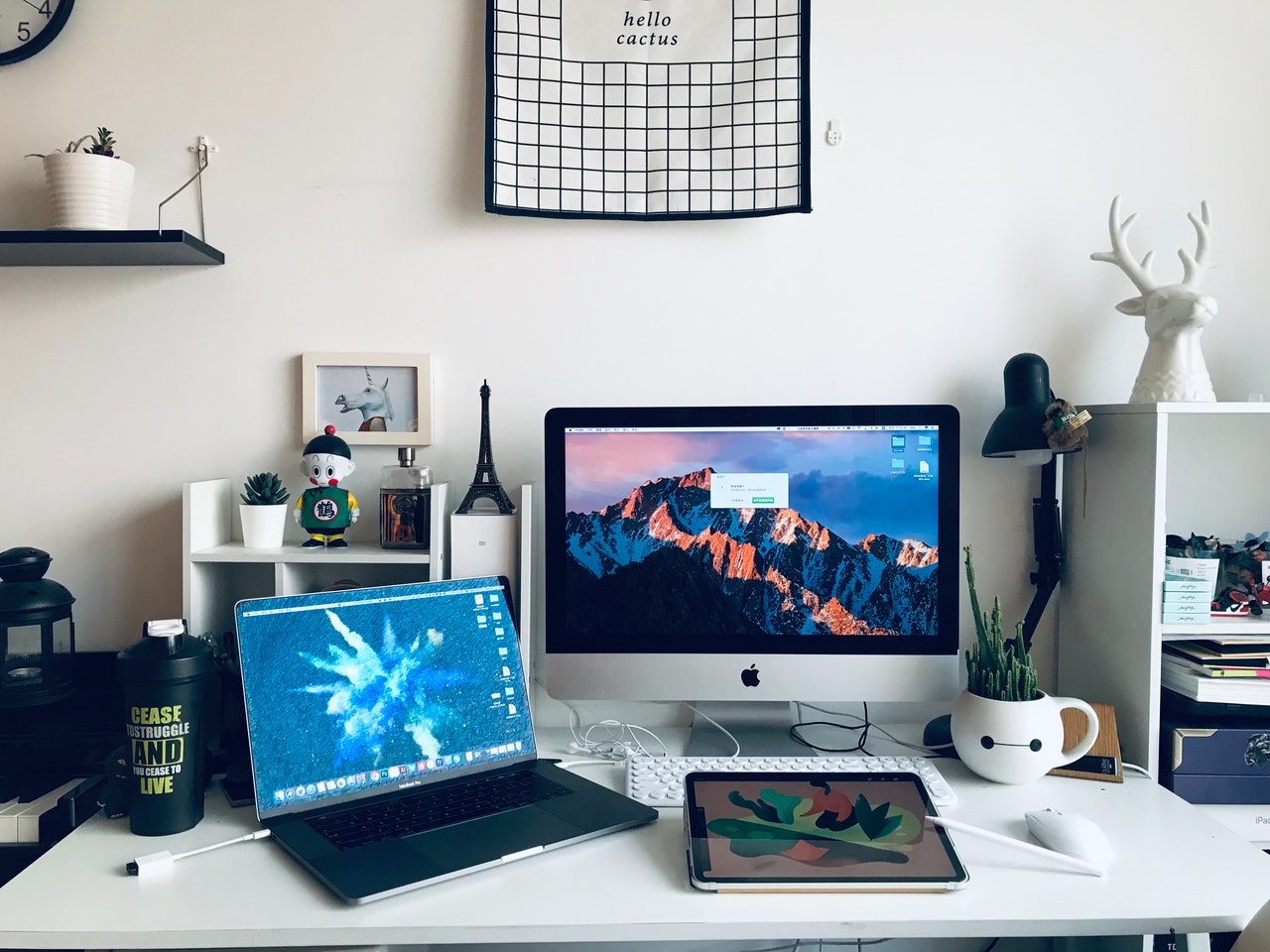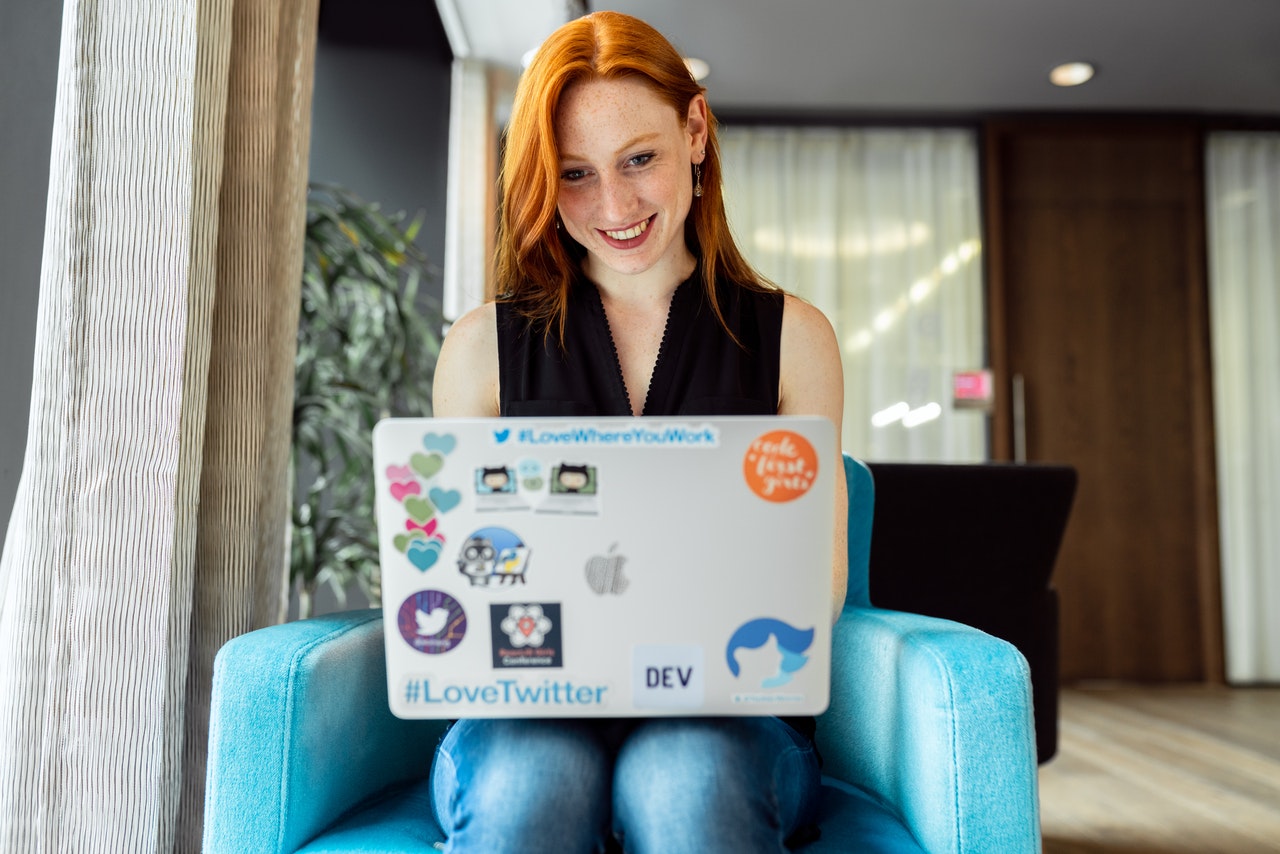Meeting ideas to improve your hybrid organizational culture
Published

What is an organizational culture?
As part of an external organization, we encounter the same types of culture as in any normal office. Your work, meeting and social culture are important aspects that every manager or HR person should work to improve. However, one aspect that is often neglected is organizational culture.
The essence of organizational culture is not so easy to define. It plays a crucial role in shaping the behavior of all employees and managers in organizations. It's about the collective expectations, processes and values that all team members adhere to in the workplace.
There is still a lot of debate about what exactly Organizational culture is. While our definition is broad, it is more difficult to determine exactly how to work to improve it. Analyzing, maintaining, and transforming your organizational culture is important for any workplace, and working within a framework will help your efforts succeed.
You and your leadership team should serve as inspiration and role models for all employees. You must reinforce, live and exemplify a good organizational culture.
The importance of culture in decentralized and hybrid companies
A good company culture has more benefits than you probably realize. Of course, it helps your teams work well together and feel comfortable in their workplace, but that's not all. The culture retains and attracts the best talent. It improves the health and well-being of your employees. It creates a visible identity for your company that can be noticed by others. And these are just some of the positive aspects you can expect!
It is entirely possible for us teleworkers to develop a culture even without an office. It doesn't have to be more difficult, but you have to put in a little more time and effort to achieve it. When all employees work in the same place, some aspects can develop more naturally. To do this remotely requires a bit more structure.
Visible and invisible elements of culture
We have already briefly mentioned that culture is not always something you can see. There are both visible and invisible aspects. Think of it a bit like an iceberg. You can see a peak, but you can't see much of it.
The visible side is much easier to design and influence. This is about the tangible, consciously learned way of doing things. This includes the goals, strategy, policies and procedures that are visible to all.
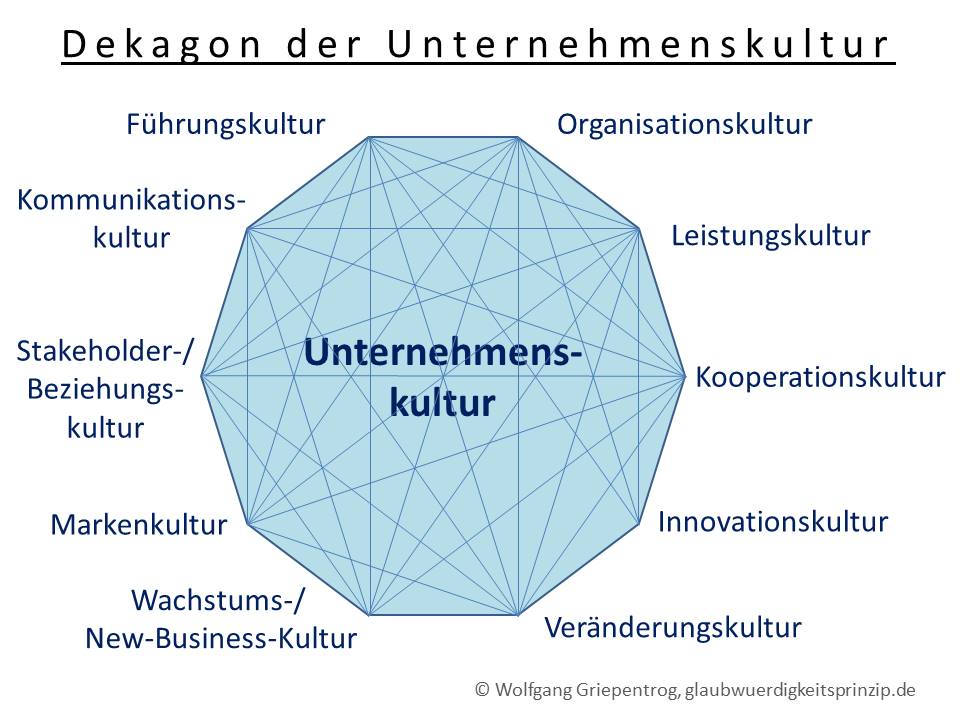
Those: glaubwuerdigkeitsprinzip.de
The hidden level includes the intangible, subconsciously learned way of doing things. Even if you have some guidelines in place, your employees can apply them more flexibly. Beliefs, stories, perceptions and shared assumptions form the core of this invisible realm.
Once you've recognized that there are aspects of the culture that are flying under the radar, the next step is to identify them. That's why we've put together five effective workshop ideas that you can try with your team and that will give you the results you want. You need to practice these hidden elements and learn them in an explicit way... and that's exactly what these workshops do. Let's get started!
1. Workshop "Discover visible and invisible elements of your own culture"
Important information:
- Running time: 90+ minutes
- Number of people participating: 8-12
Objectives:
The aim of this workshop is to explore the tangible and intangible elements of your company culture. You will then classify these into four categories, which we call culture components: (1) Vision and Values; (2) practices and people; (3) narratives; (4) Environment.
What you need:
- Video conferencing with screen sharing
- A digital whiteboard with an iceberg graphic
Delivery instructions:
Step 1 - Preparation
At the beginning of the session, explain the purpose of the session, talk about your company's culture, and give each participant the opportunity to share their observations. These points aim to better translate your company culture to remote or mixed location work. The moderator should establish some ground rules and create a safe environment for sharing. Highlight this:
- Each individual's experience is unique
- There are no “right” or “wrong” observations
- Everyone should always assume positive intention
Step 2 - Presentation
Introduce the concept of the iceberg to the entire group Organizational culture before.
Model:
- The tangible, consciously learned way things are done here. The way we say we get things done. E.g. policies, strategies, procedures, goals
- The intangible, subconsciously learned way things are done here. The way we really do things. E.g. beliefs, stories, perceptions, shared assumptions
Give the room a few minutes to ask questions. Make sure you have enough time for the activity!
Step 3 - Activity: Identify visible and invisible culture with sticky notes
Ask the group to go to the digital board you prepared earlier. Give them 8 minutes to write sticky notes with visible and invisible elements of your company culture. Encourage the team to write down everything they think about without limiting themselves.
Once everyone has added their notes. Go through them all, discuss if necessary, and consolidate any duplicate sticky notes.
Step 4 - Activity: Organizing Sticky Notes Drag sticky notes from your iceberg model to the 4 components of culture: (1) Vision and Values; (2) practices and people; (3) narratives; (4) Environment.
For example, if you have a note that says "We are open to feedback," you should add it to (2) Practices and People. You should include sticky notes such as “We encourage experimentation” under (3) narratives.
Step 5 - Discussion and follow-up
Encourage the team to take a step back and review what you have collected so far. Think about which culture components you should work on. You can use these key questions as a guide:
- Which Cultural component should we improve the most and why?
- Which culture components are the most difficult to translate in a hybrid/decentralized environment?
- What should we change to shape our organizational culture in the future?
Discuss possible measures in the team and, if necessary, assign responsible persons and due dates to the measures.
2. Workshop "Discovering the visible and invisible elements of your culture
Important information:
- Running time: 60+ minutes
- Number of people participating: 8-12
Objectives:
The aim of the workshop is to look at your own organizational culture from the perspective of an outsider. This type of activity is best suited to moving beyond the stated values to the deeply rooted cultural values that are now difficult to discern.

Those: erento.com
What you need:
- Video conferencing with screen sharing
- A digital whiteboard with 5 spaces for participants to post their sticky notes: (1) Heroes & Legends; (2) Sayings & Language; (3) customs; (4) Values & Beliefs; (5) Artifacts
- Optional: a short presentation that shows aspects of your company culture (e.g. images from events, screenshots of conversations, company videos, etc.)
Delivery instructions:
Step 1 - Preparation
Welcome all participants and explain the purpose of the session: to look at your organization's culture from an outsider's perspective. The moderator should establish ground rules and create a safe environment for sharing. Emphasize this:
- It's a fun activity... so just go with the flow!
- There are no “right” or “wrong” observations
- All shoes try to record their observations without restrictions
Step 2 - Activity
First, ask all participants to imagine that they are anthropologists studying your company and you want them to write down all of their observations. To get attendees in the mood, design your digital whiteboard or presentation to reflect the theme of "Anthropology" if possible!
Also, show your team a short presentation about company culture as an introduction to the activity. Make sure to collect and capture various elements of your organizational culture using images, screenshots, or videos. This is helpful if you assume that the group is having trouble understanding what exactly organizational culture is and what its components are.
Ask all participants to attach sticky notes to the digital board with their observations about organizational culture. Ask each participant to add at least one piece of paper to one of 5 fields: (1) Heroes & Legends; (2) Proverbs & Language; (3) customs; (4) Values & Beliefs; (5) Artifacts.
Use these guiding questions:
- As an outsider, what clues can you gather about your organization?
- What seems to be important to these people when they come to our company with naive, fresh eyes?
Step 3 - Discussion
Give all participants the opportunity to share their observations from an outsider's perspective. Once everyone has had their say, encourage the team to assess whether the organizational culture they observe supports the health and growth of the organization.
You can use questions like these:
- Does the culture you observed support employees’ professional and personal development?
- Was it easy to recognize the values that guide employees in this organization?
- What behaviors are encouraged in this organization and do you believe this supports its goals?
- What particularly stood out to you as you observed the culture of this organization?
- Do you think the culture of this organization is coherent, or does it differ from one team to another?
Step 4 - Pack Up
Ask everyone to step out of their “anthropologist” role and ask them to share their feelings about the exercise. How did you feel about taking on the role of an outsider? Was it helpful/easy?

Those: vecteezy.com
Gather ideas for the best ways and methods to improve your company culture. If you don't have enough time, schedule a follow-up session to go over these observations. Use the session to create a change management plan with action items from these ideas.
4. Workshop “Building an organizational culture based on individual values”
Important information:
- Running time: 2.5 hours
- Number of participants: up to 30
Objectives:
A self-reflection workshop to explore your organization's emotional culture using Riders & Elephants' free Emotional Culture Deck.
What you need:
- Video conferencing with screen sharing
- Digital whiteboard with sticky note function
- The deck of emotional culture
Delivery instructions:
Step 1 - Preparing and setting up the workshop
Before the first workshop session, make sure all participants already have a copy of the Emotional Culture Desk to review and send them a brief description of the process. Your team members will need to print the cards themselves, or you can provide a digital version that can be moved around.
There are two versions of the cards, one for managers and one for employees. In this example, we'll assume you're running a shuffled session, so we'll use the staff deck.
At the beginning of the session, divide all participants into small groups so that you have at least 3-6 people depending on the number of participants. This can be done randomly or strategically if you wish. It is important that you have a good cross-section of your company and the different opinions in each group.
Step 2 - Start the session
Once everyone is in their groups, begin by asking everyone to think about the previous week and pick one positive emotion card and one unpleasant emotion card from the deck that best describes it. Each person will now describe in their group for 30 seconds how the emotion applied to their week. Break-out rooms are a great way to do this if your video conferencing tool has the feature.
Step 3 - Explain the Deck
Now ask everyone to set up their deck with the staff layout. You can do this with the help of the video available here. These include gold step cards one through seven. Everyone should be able to see all the cards in front of them so they can better imagine their feelings.
Step 4 - Reflect on success
Return to the small groups from Step 2 in the breakout rooms and ask everyone to ask themselves, "How do I want to feel at work?" With this question in mind, each individual should take their black cards and sort them into two piles:
- It's important that I have this feeling
- My success depends on me feeling that
After the deck is divided, all participants should select their top five cards from the “My Success Depends on This Feeling” deck. Everyone should then write down what they chose.
Now that everyone has made a top 5 selection, it's time to share in small groups. This way, everyone can find out what drives their employees and learn more about how to support them.
You might suggest that everyone introduce their success cards by naming the emotion and leading it with "I want to feel this because...". You can also ask each team to tell the others if they were surprised by any of the comments, sentiments, or statements.
Step 5 - Group emotions
Each small group should now collectively select 5 desired feelings and think about how this would benefit your organization as a whole. These 5 black cards should be displayed on the digital whiteboard by each group. This way you can discuss the similarities and any differences between the groups.
A speaker from each group can tell all participants why they were chosen. At the end you should have a large number of black cards chosen by all participants. If there are duplicates, note them.
Now is the perfect time for everyone to discuss what surprised them and what other interesting points came up.
Step 6 - Vote
When the discussion is over, use an online voting system to narrow these emotions down to a top five. One method is to have all participants vote for their five favorites and choose the five with the most votes. This allows you to find out what the organization should feel to be successful.
Step 7 - Find your unwanted feelings
We now repeat the same process from stages four to eight, but this time we focus on everything that comes into question: "I don't want to feel this, but I could feel it."
To do this, we choose from the white cards in a pile. The most important thing is to identify feelings that no one wants to feel, but that may arise from time to time in the organization.
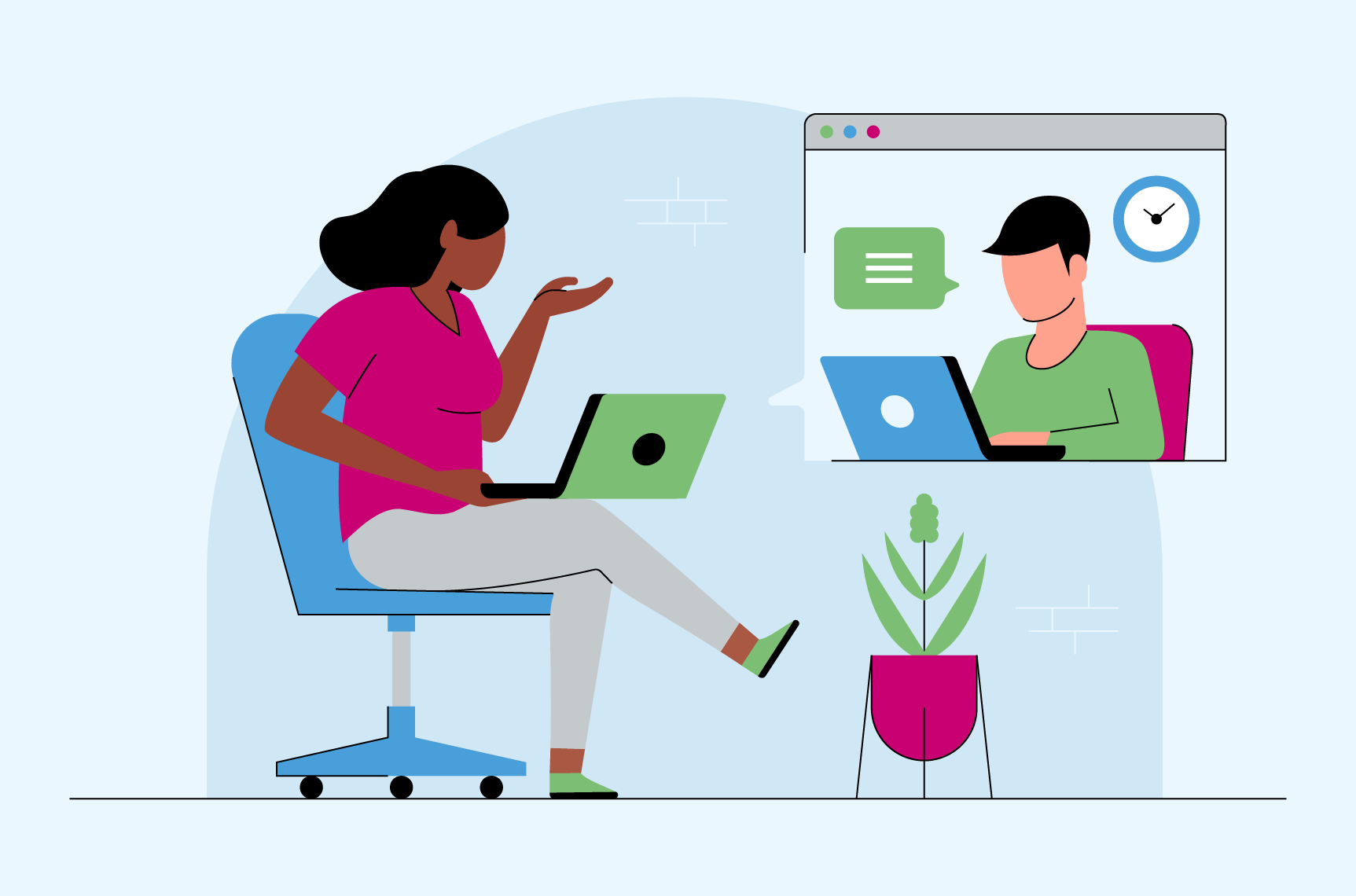
Those: velocityglobal.com
Again, each group chooses their top 5, shares them with the other groups, and then votes on the 5 things they all don't want to feel at work, but perhaps do occasionally. The vote is then taken again so that the top 5 are determined for the entire organization.
Step 8 - Processing responses
Again, everyone should go back to their groups to figure out how we can achieve the feelings we want and avoid situations that lead to the negative feelings we want to avoid. Create a list of questions that include follow-up questions, such as: B:
- How can other team members tell if someone is experiencing one of the negative emotions?
- How can we help each other avoid bad feelings and reinforce positive ones?
- What is the best way to deal with your chosen feelings?
Step 9 - Finishing Work
A speaker from each group should now explain to everyone the answers to the questions asked. You can write down the key points on the digital board and look again for similarities and differences. This should result in a digital whiteboard full of possible solutions, thoughts and feelings for everyone to digest and discuss.
After all that work, everyone will probably be tired and need a break. These points and ideas need to be discussed further, and you could perhaps hold another meeting to develop action items that reflect your findings.
4th Workshop “Problem Solving in Organizational Culture”
Important information:
- Running time: 60 minutes
- Number of people participating: 5-10
Objectives:
Solve a specific problem that you have already identified in your company culture. Be sure to address the roots of a problem, not just the symptoms. If done right, this session will help you achieve a breakthrough on a seemingly intractable problem by harnessing the power of a team.
What you need:
- Video conferencing with screen sharing
- A digital whiteboard where you can take notes about the meeting
Delivery instructions:
Step 1 - Building the Stage
Before the meeting, inform all participants about the problem you will be working on so that participants are prepared for the meeting. Begin by welcoming everyone and making sure to set ground rules and create a safe environment for sharing. Highlight this:
- No ideas are bad ideas
- The discussion remains dynamic by listening and participating
- No one should judge the process, just make it work
Step 2 - Define your problem statement
Before you can move into problem-solving mode, you need to define your problem statement. You can make a suggestion yourself or name someone who is responsible for the problem. This person is a decision maker in the area you are working on and has all the relevant information. The "problem owner" may be able to come up with an action plan after the meeting.
Remember that a problem statement typically consists of one or two sentences that describe the problem you are trying to solve with your process improvement project. Check your new problem statement based on the following criteria:
- It should focus on a single problem.
- She shouldn't suggest a solution.
- It should be understandable and clear for everyone.
If you want to create a problem statement with the team, spend more time in this session and use methods such as the Five Whys or SWOT.
Step 3 - ideation and selection
Ask the team to develop their problem-solving ideas in a quick brainstorming session. At this point you should not analyze or discuss the ideas. Be careful not to kill thoughts or suggestions as this could discourage the team from thinking further.
Only one person, the moderator or the assigned note taker, should write down the ideas on the digital whiteboard. After 10-15 minutes of ideation, you can move on to the selection process. The person responsible for the problem should select a maximum of three to four of the most promising ideas, which you will continue to work on in step four.
Step 4 - Discuss Benefits and Concerns
Discuss the benefits and concerns of each idea with the team. Anyone can contribute to any idea, so ask direct questions of those who may be hesitant to speak up. Make sure you recognize when someone is trying to bring back an idea that has already been eliminated!
Use the following questions to guide the discussion:
- What are the benefits of each of these ideas?
- Which idea is easiest to implement and why?
- Which idea is most likely to solve the problem?
- What concerns do you have with each of these ideas?
- Before we make a final decision, what should we investigate?
- Do you see any big opportunities here?
The group now has the opportunity to create three to four options and adopt the solution they did not choose. The owner is also able to see how difficult it will be to implement the selected ideas and determine whether there are conflicts with the group.
Remember that anyone can raise a critical concern at any time. This action will immediately remove the idea from the committee.
Step 5 - Follow-up and action planning
Take the main options with all their benefits and concerns and plan the next steps that can be implemented. It should be up to the person responsible for the problem how they want to proceed. However, you should always ensure that the team is regularly updated. It needs to know that its contributions have been taken into account.
5th Workshop “Baukultur Design Canvas”
Important information:
- Running time: 60 minutes
- Number of sessions: 2+
- Number of people participating: 5
Objectives:
Mapping your current company culture and planning improvements. By establishing a team that is representative of your entire workforce and continually reviewing your results, you will have a solid plan for cultural change that the team will buy into. At the end of the process, everyone should understand exactly what you believe.
What you need:
- Video conferencing with screen sharing
- A digital whiteboard where you can take notes from the meeting. Make sure you have a copy of the canvas where all participants can add their ideas in real time.
Delivery Instructions:
Step 1 - Assemble the right team
To complete this task successfully, you need to assemble the right team for the task. All too often, these tasks are left in the hands of managers who do not have the necessary diversity of opinions. Your remote organization's culture will be based on remote values at its core and therefore needs input from all of your remote employees.
Don't just rely on big personalities and the most vocal members of yours
Workforce. They all make up your culture. So if you want your work
So if you want your work to be representative of everyone, you shouldn't just rely on the obvious favorites.
Your assembled team needs to be able to commit time to multiple meetings and have access to all the information you already have about your work culture. Also make sure you find a time that works for everyone involved, as some team members may work in different time zones.
Finally, your chosen team should already be familiar with the canvas and the concepts they will be working with. You can even give them the instructions and steps we're currently using to ensure they come to the session with ideas already in place.
Step 2 – Begin with the core
Once you've gathered your team and everyone is on a call, it's time to start the first session. In the middle column, start with your organization's core values and the foundations of your culture. But before you begin, let's talk about the process of filling out the form. This is just our recommendation, but you can also find a method that works for you.
- For each section of the board, give your participants a short period of time to brainstorm their ideas individually. This can be done in a Google Sheet or on virtual sticky notes. Start with two minutes and see if that time is enough for everyone.
- When time is up, let everyone share their ideas and thoughts with the team, each individually.
- Review all ideas, values and concepts and discuss them as a team. Get to the bottom of what you all agree on and start revising the ideas.
- Write the most important points on the board in brief form. You don't have to fill out the board, more is less here.
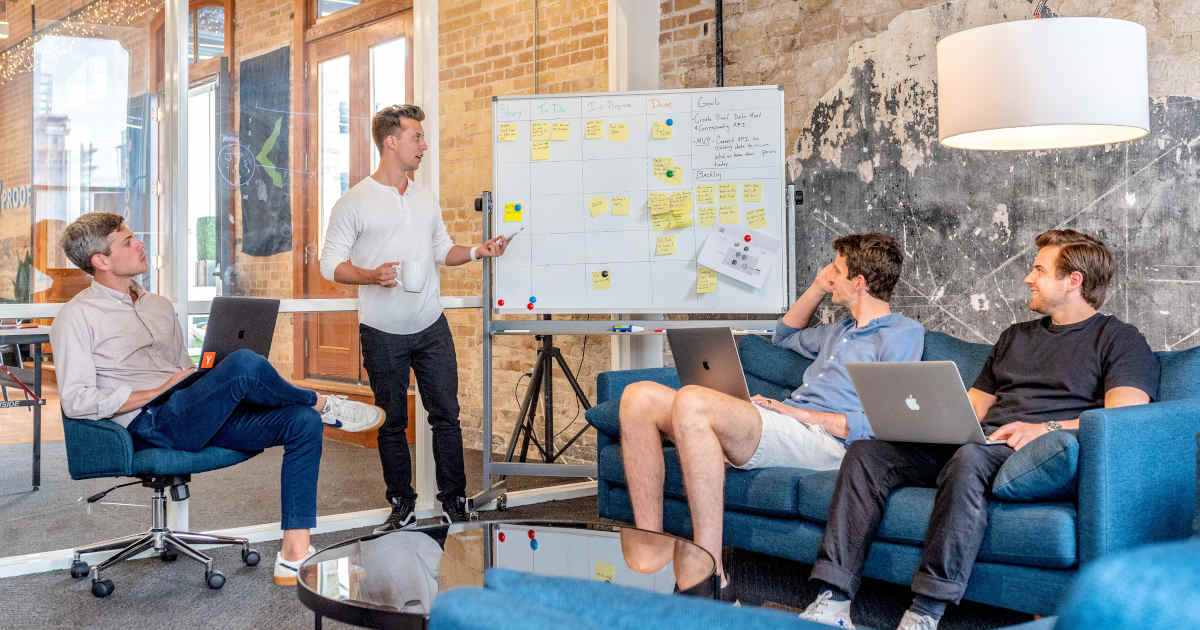
Those: fuer-gruender.de
Now that everyone understands the process, start with the purpose of your business. This topic includes how your company interacts with the world, what it offers, and how it impacts people's lives. This doesn’t necessarily have to be a product or service you offer. Remote-how, for example, offers educational and consulting services as products. However, the company's purpose is to advocate for greater acceptance of remote work worldwide and let people decide how and where they want to work. Make sure you have a defined purpose on the board at the end.
Next are your values. Think about how everyone in your company should work and act and what is most important to everyone. These values must be actionable and serve to fulfill the company's mission. They shouldn't just be buzzwords.
Then determine the priorities that each employee should take on. Examples include work-life balance, willingness to commit to customers, or commitment to a global workforce. Choose your top three or four priorities that can help you later when you need to make decisions in line with your goal.
The final part of this session will address the behaviors that punish and reward you. Over time, the actions you and your employees take may contradict the behaviors you claim to support. Now is the time to put these on the table and have an honest conversation about what everyone should and shouldn't be doing. You may want to punish ineffective communication and reward cross-team support.
Once you've completed the core task, it's time to take a break. This is the perfect time to end the session so everyone can reflect and come back with fresh minds.
Step 3 - Transition to your emotional culture
Before jumping into emotional culture, take a little time at the beginning of this session to evaluate the work that has already been done. You may have a better idea of what fits and what needs to be reworked.
In this session you will work on the right side of the canvas that deals with the emotional culture of your organization. Start with the psychological safety section and ask your team to brainstorm how to stay culturally safe at work

